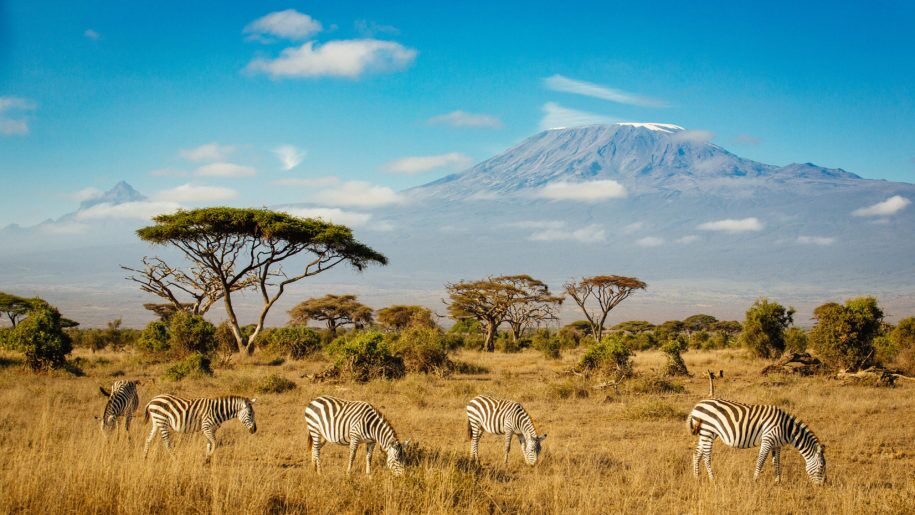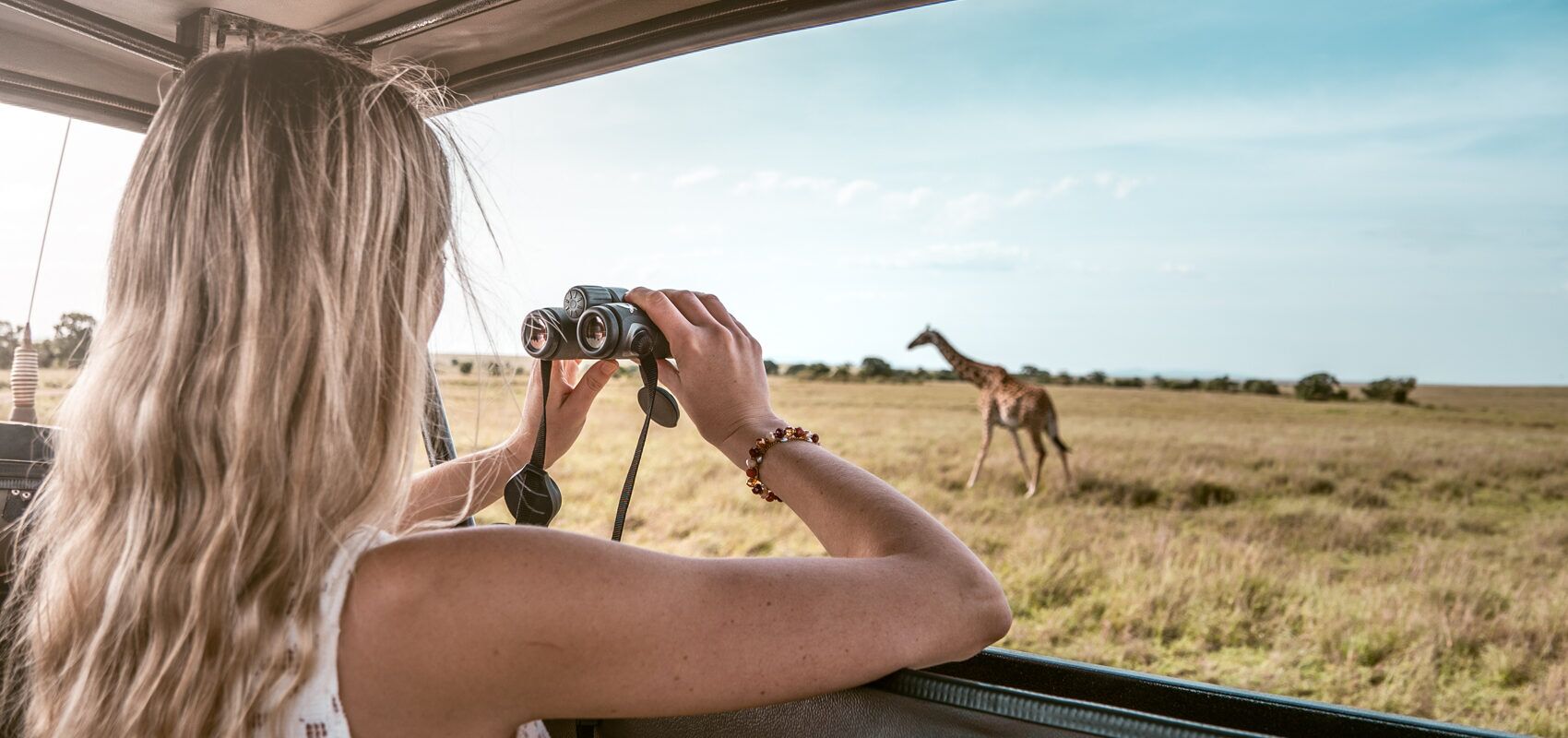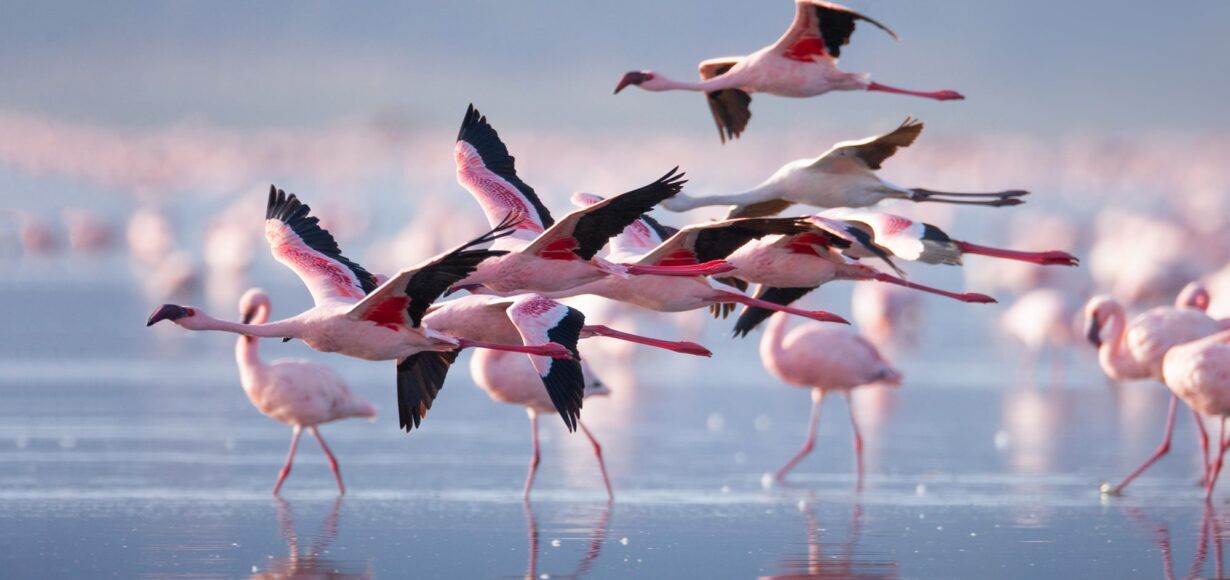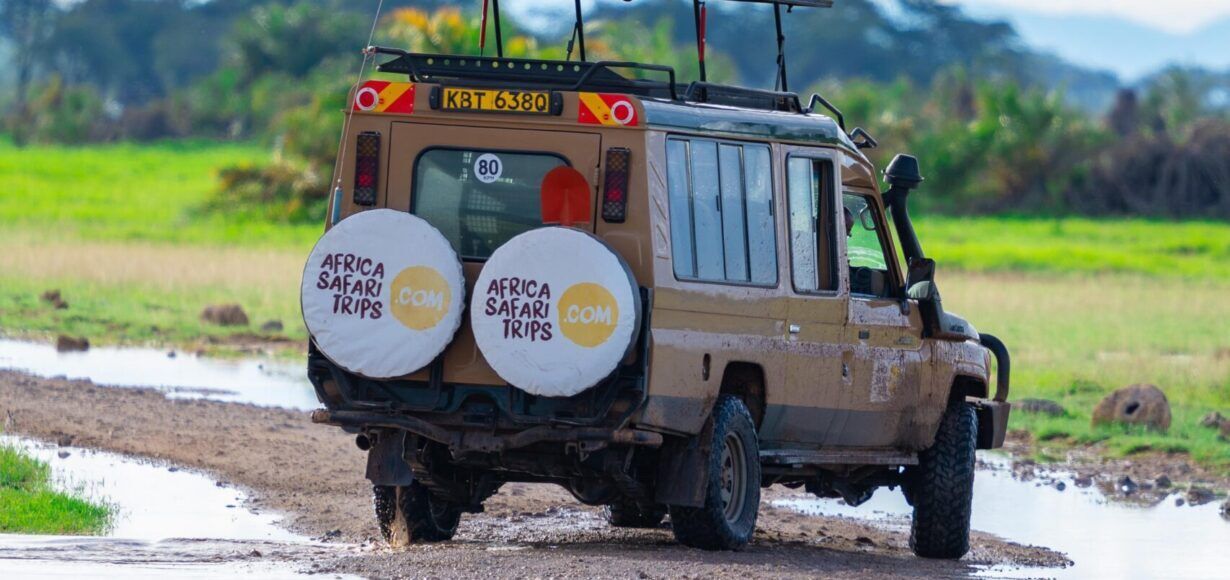
- 24/7 service
- All accommodations

The Masai Mara: stage of the Great Migration, home to the Big Five, and Kenya’s most iconic wildlife reserve. Discover this legendary safari destination and witness nature at its most spectacular.
The Masai Mara National Reserve is located in the Great Rift Valley in Kenya, in mainly open grassland. It borders the Serengeti National Park and together they form Africa’s best known wonder – the annual Great Wildebeest Migration. The area got its name in honour of the Maasai people.
The Maasai have lived in this region since they migrated from the Nile Basin centuries ago. Mara means “spotted” in Maa language and refers to the region’s landscape which is marked by many short bushy trees scattered all over the outstretched savannah. To get more familiar with the Maasai lifestyle, you can visit a village in the reserve.
The National Reserve is home to more than 95 animal species and over 400 species of birds. The wildlife is usually based on the escarpment of the reserve. Mid-July to mid-October is the best time to visit the Masai Mara. Why? Since this is the time for the Great Wildebeest Migration of wildebeest, zebras, gazelles, antelopes and impalas. By mid-July, they normally start crossing over from the Tanzanian Serengeti. This annual migration involves over 2.5 million animals. Together they cross the dangerous Mara river in massive herds in order to find fresh grass on the other side. Crocodiles always wait in the waters – threatening for the animals and thrilling for you!
The Masai Mara Triangle is a special area of the Masai Mara National Reserve that is managed by a non-profit conservancy formed by local Maasai communities. With the Mara River running through the triangle, it is also one of the best destinations in the world to spot wildlife.
You have an excellent chance to see animals here. The famous Big Five – elephant, lion, leopard, rhino and buffalo – live in the Masai Mara Triangle. And with a bit of luck you can see cheetahs, servals, hyenas, bat-eared foxes, and black-backed or side-striped jackals. The Mara Triangle is also home to hippos, crocodiles, baboons, warthogs, topis, elands, Thomson’s and Grant’s gazelles, impalas, waterbucks, oribis, reed-bucks, zebras, and many more…
It’s a 260-kilometre-drive from Nairobi to the Masai Mara, which will take you five to six hours. It’s also possible to fly, as the park is only a 45 minutes flight away from Nairobi. There are several airstrips which are serving the different areas of the Masai Mara.
Kenya has a cold season from June to November with average temperatures of 20°C during the day. Nights can get cold during this season, so it’s best to take a sweater. Mid-October to November is the short rainy season, after which temperatures rise up to 30°C during the day from December to April. April and May come with showers again as this is the long rainy season. It normally doesn’t rain throughout the day as one sees sunny mornings with rain clouds building up towards the afternoons and evenings.
We recommend visiting the Masai Mara between mid-July and mid-October, during the Great Wildebeest Migration. But even the other dryer months of the year (June to October and December to March) are good for a visit to Masai Mara as you can also spot the Big Five and many other animals here.
Kenya’s Masai Mara National Reserve might not be the biggest in size, but certainly when it comes to highlights. From the Great Wildebeest Migration to the Big Five, from the Maasai people to breathtaking landscapes: discover this unique natural beauty during game drives by day or by night – or even from above.


